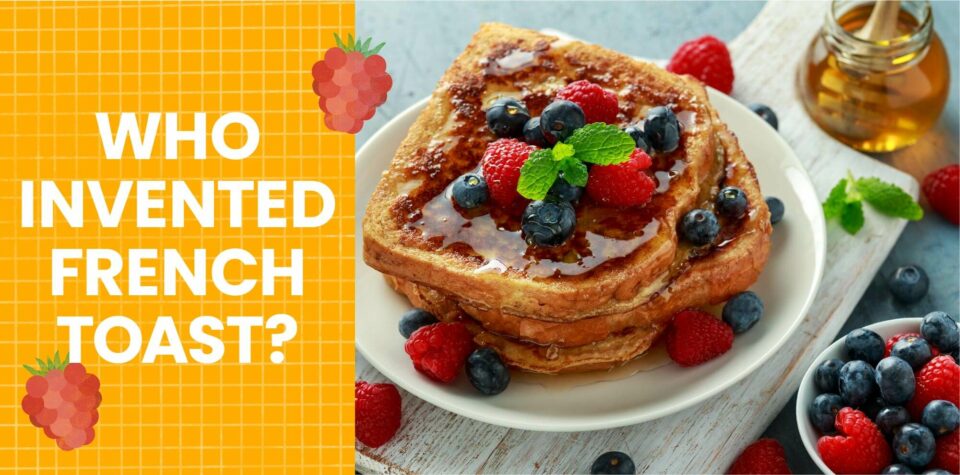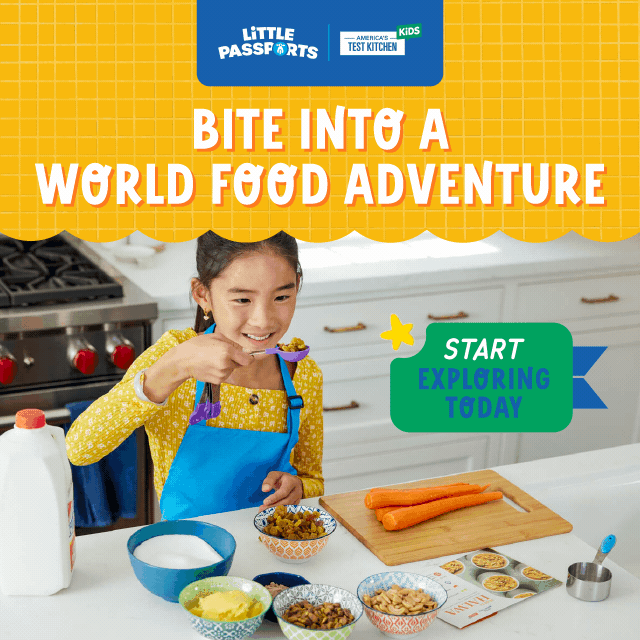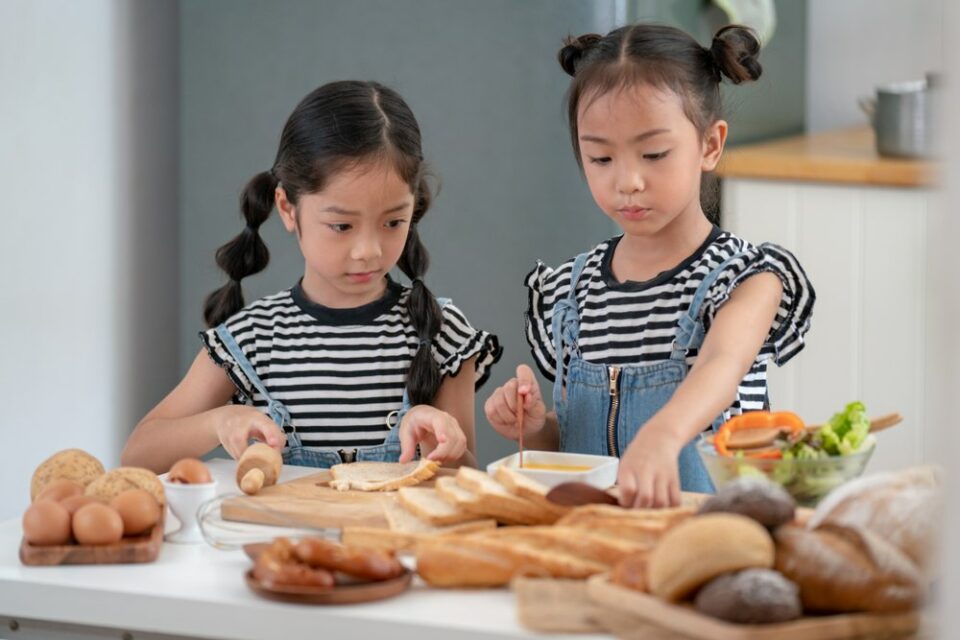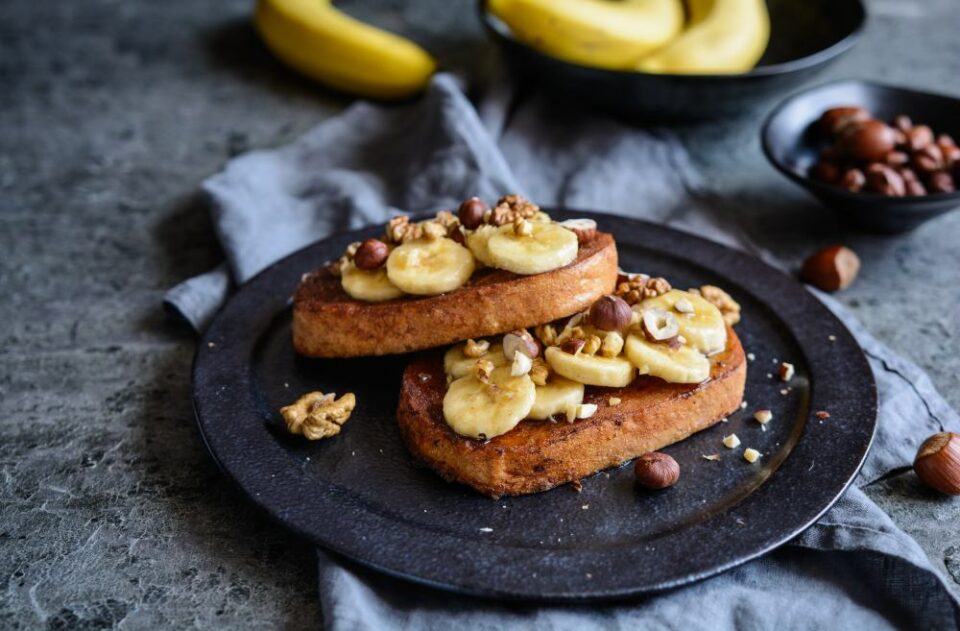
French Toast: Discover Its Tasty History and a Recipe
Children can smell it the moment they wake up: cinnamon, vanilla, eggs, and bread. Someone is making French toast—and for many kids, that’s the beginning of a great day.
French toast is a rich, sweet dish that’s a popular breakfast in kitchens and restaurants all over the world. But the origins of this treat just might surprise you.
Take your children on a trip back in time and teach them about who invented French toast—then whip up a delicious batch in your kitchen with a simple recipe.

French Toast: Is It Actually French?
It’s a common misconception that the recipe for French toast was developed in France. The French have been lauded as leaders in the cooking world since Louis XIV’s reign from 1643 to 1715,, and the name “French toast” would—of course—suggest the dish is French in origin.
However, the history of French toast traces back centuries before King Louis XIV. The first recipe resembling French toast appeared in a fourth-century CE cookbook from the Roman empire, though experts believe a version may have existed as early as the first century. This cookbook has a few different names, including De re coquinaria (The Art of Cooking), but it’s most commonly called Apicius after Marcus Gavius Apicius, a wealthy Roman merchant who may have compiled the recipes. Apicius is one of the oldest cookbooks in recorded history. You can still find translated copies for sale today.
Apicius contains a recipe similar to modern French toast. In the directions for aliter dulcia (Latin for “another sweet dish”), the book directs cooks to “slice fine white bread, remove the crust, and break it into rather large pieces” then “soak in milk and beaten egg, fry in oil, cover with honey and serve.”
While the Romans may get credit for creating French toast, other cultures developed their own versions of the dish, complete with original names. In Germany, people in the fourteenth century made arme ritter (German for “poor knights”) by soaking sliced bread in milk and eggs and frying it in butter. Around that same time, the French began making pain perdu (French for “lost bread”) by soaking stale bread (which is where “lost” comes in) in an egg and milk mixture, then frying it. By 1660, the term “French toast” appeared in an English cookbook called The Accomplisht Cook, but the recipe instructed cooks to soak the bread in a mix of wine, sugar, and orange juice—very different from what we know today.
So, how did the dish we know get the name “French toast”? We don’t know for sure, but a popular explanation says this name originated in the American colonies in 1724. The story goes that an innkeeper named Joseph French replicated a recipe for bread soaked in eggs and milk and then fried. He named the dish after himself—but he forgot to add an apostrophe to make it possessive. “French’s toast” became “French toast,” and the rest is history.

Indulge in a Delicious Breakfast Treat
Whether you call it French toast, pain perdu, or another name, this sweet bread makes a special breakfast. The best part is it’s a simple recipe that kids of all ages can help put together. Grab some ingredients and show your budding chefs how to make French toast!
Ingredients
- 3 large eggs
- 2 cups milk
- 2 teaspoons vanilla (don’t include if making savory French toast)
- 1 pinch salt
- 8 slices bread
- 2 tablespoons butter
- Toppings (syrup, whipped cream, fruit, and bacon are favorites)
Directions
- Help kids crack the eggs into a wide, shallow bowl. (If you don’t have a shallow bowl, any bowl will do, just transfer the mixture to a dinner plate when you’re ready to start dipping.) Older kids can do this step independently, but an adult should check for eggshells before continuing.
- Add milk, vanilla, and salt. Kids whisk until the eggs are beaten, forming a smooth mixture.
- An adult heats a large skillet or griddle on the stovetop and melts butter on it.
- While the pan heats, kids dip the bread slices in the batter. An adult should assist to make sure the bread is coated but not soggy. Make sure the kids wash any batter off their hands with soap and water after finishing.
- An adult cooks the bread in the pan on medium heat until golden brown and crisp, and then flips it to cook the other side.
- Serve warm and garnish with your kids’ favorite toppings. Bon appétit!

Add a Special Touch with Toppings
Many people consider French toast a breakfast food, but your family can enjoy it at any time of the day. This dish is easy to make and even easier to customize, making it the perfect treat whether you’re craving a sweet breakfast or a savory dinner.

So what toppings go on your French toast? The answer depends on your tastes—and, sometimes, where you grew up.
In the U.S., people typically eat French toast with some combination of butter, maple syrup, and confectioners’ sugar. In Hong Kong, people stuff their French toast with peanut butter and drizzle condensed milk on top. The English enjoy a savory twist called “eggy bread,” which is often served with bacon, ham, or sausage. And down in New Zealand, they combine savory and sweet by putting bananas, bacon, and golden syrup on their French toast.
After making this easy French toast recipe, encourage your kids to have a tasting brunch by setting out a few different French toast toppings, including:
- Maple syrup
- Confectioners’ sugar
- Whipped cream
- Spreadable chocolate or hazelnut spread
- Sliced fruits
- Dried fruits
- Chopped nuts
- Bacon
- Ham
- Cheese

Explore Foods and Places with Little Passports
Do your young chefs crave more adventures in the kitchen and beyond? Send their curiosity soaring around the globe with our Kitchen Adventures subscription box. Every month, your children will receive kid-friendly recipes, kitchen tools, and fun hands-on activities and games designed for ages seven and up. They can explore world cultures while building practical skills and confidence as they learn to cook with you.

